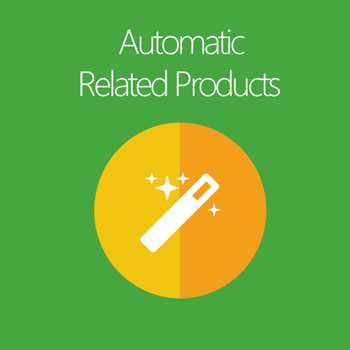Upselling and Cross-Selling In Retail | 16 Practical Techniques
Vinh Jacker | 03-17-2025

Have you ever wondered how your businesses boost their sales effectively? Upselling and cross-selling are considered strategies that not only generate more revenue but also enhance customer satisfaction.
| This article **Upselling and Cross-Selling In Retail | 16 Practical Techniques** will show hidden aspects behind successful upselling and cross-selling, providing insights into the psychology of consumer behavior and practical tips and techniques for businesses aiming to increase revenue. Join us to discover how these practical techniques can be applied and create a win-win situation for businesses and customers. |
Related Posts:
- Auto Related Products: 9 Tips for cross-selling and up-selling
- Why Your Ecommerce Needs A Product Recommendation Engine
What is Upselling?
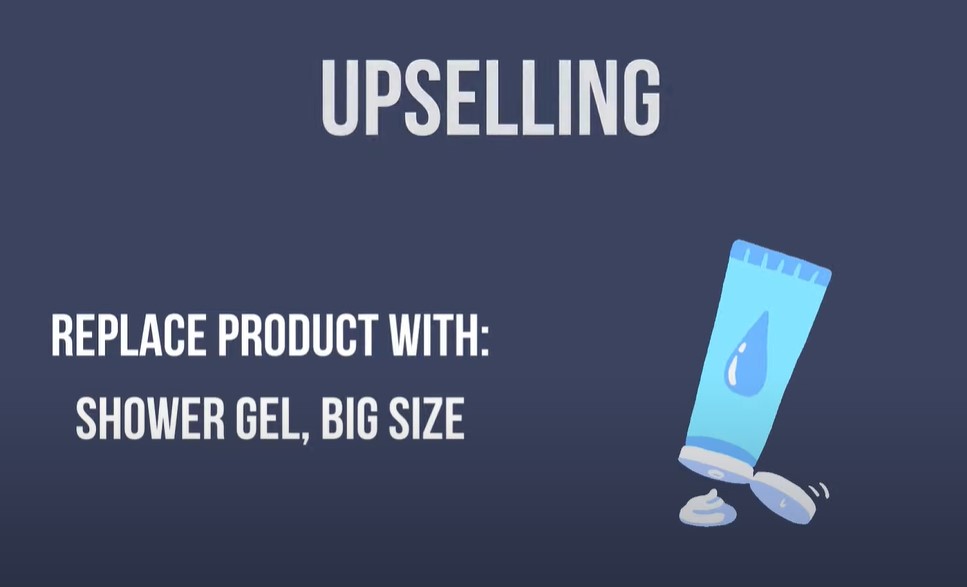 Upselling is a sales technique where a seller persuades a customer to buy a more valuable and higher-priced version than what the customer initially wants.
Upselling is a sales technique where a seller persuades a customer to buy a more valuable and higher-priced version than what the customer initially wants.
The objective of upselling is to enhance the customer’s shopping experience while boosting the business’s profitability and increasing the customer lifetime value (CLV) by offering discounts, add-ons, or premium products.
What is Cross-Selling?
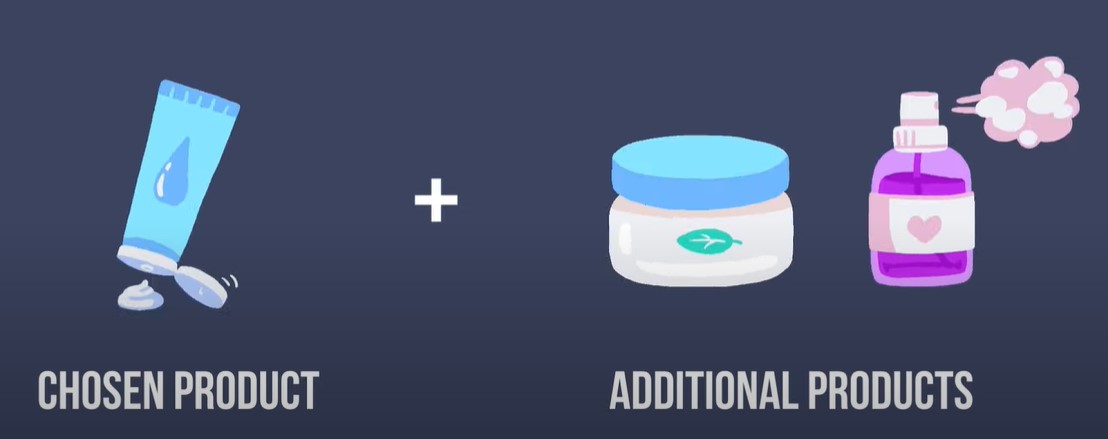
Cross-selling is a sale and marketing tactic that sells an additional product or service related to the original purchase to an existing customer by convincing them of the value it will bring to the item they already purchased.
Cross-selling aims to increase customer lifetime value (CLV) and profitability. This strategy can be implemented by suggesting additional products during checkout, recommending related items on product pages, or through targeted marketing efforts.
According to HubSpot Research, 67.6% of cross-selling sales professionals implement successful strategies by offering discounts and promotions, while another 66.1% recommend related or complementary products and services.
Upselling and Cross-Selling In Retail: Key Takeaways
In a recent study conducted by McKinsey & Co , the effectiveness of strategic marketing, including upselling, cross-selling, and product recommendations marketing tactics, is a 20% to 30% increase in sales. Statistics have proven that Amazon credits 35% of its revenue comes from cross-selling.** Invespo’s latest analysis also shows personalized cross-selling strategies make up 7% of total e-commerce store visitors and remarkably contribute 26% of the overall revenue.
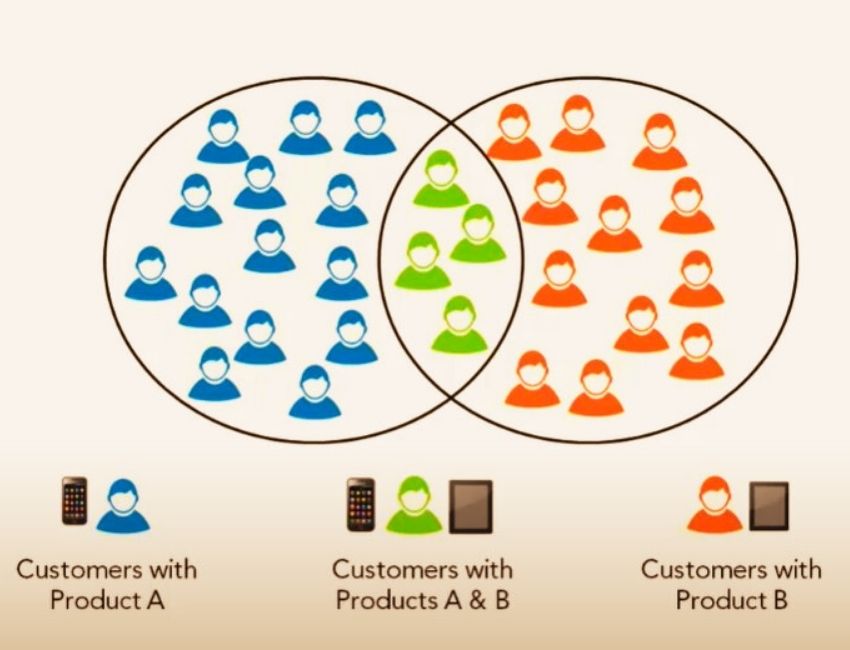
8 Practical Upselling and Cross-Selling Techniques for E-commerce Store

Cross-selling techniques are essential at different stages, such as when you’re looking at products, going through the checkout, and carrying out customer lifecycle campaigns, including cart recovery emails, order confirmation emails, and routine customer newsletters. Here, we share some useful cross-selling tips to boost your online store’s success.
Provide Relevant Products for High-Value Purchases
It is necessary to find your flagship or high-value products and pair them with directly related products. They include items your customers need to enhance the features they want in your main product. When you have your list, you can decide how to place them properly.
To implement this strategy effectively, you need to use Automatic Related Products extension in your online store. This extension will analyze the interests of your store visitors and show them relevant offers. It is considered a great tactic to improve customer experience and increase store revenue.

Automatic Related Products for M2
Encourage customers to add more items to their cart by showing related products alongside their favorites
Check it out!Pro Tips:
-
Introduce affordable products and smaller accessories priced at 10% of the main products at the checkout page.
-
High-priced products and larger accessories priced at 15%–50% of the main products will sell better if they are displayed on the product page.
-
Capture customer impulse buying behavior with often-overlooked essentials like computer stands for laptops or shoe brushes for shoes.
-
Encourage purchasing by using expressions like “Top picks for you”,” “Recently viewed,” “We found other products you might like,” or “Similar to your previous purchases.”
Create limited-time offers
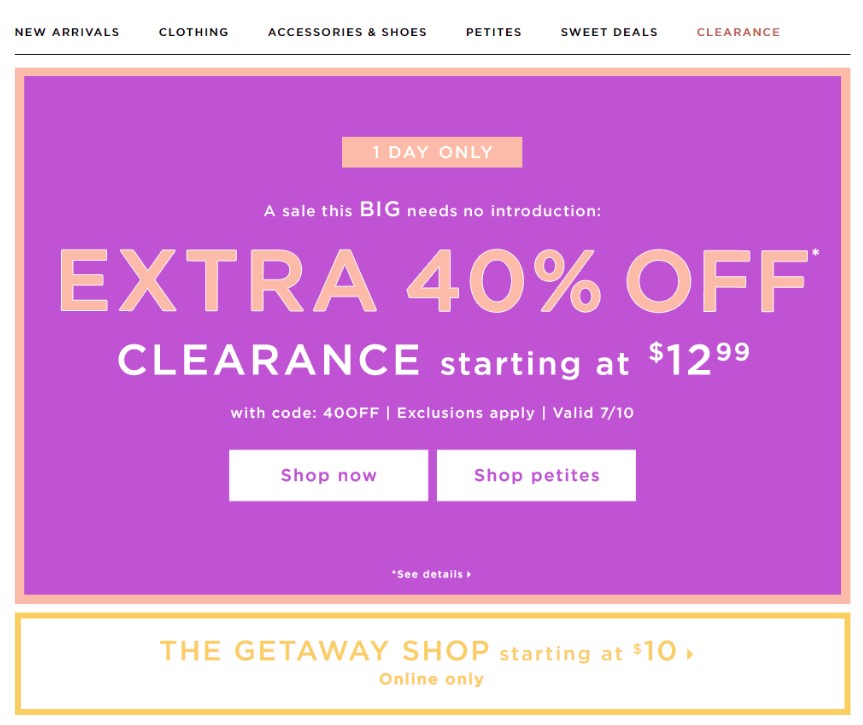
Adding a sense of urgency is an effective way to encourage customers to take action, and it’s a technique that works well for boosting cross-selling.
When you offer special, time-limited deals on popular items along with a customer’s first purchase, it not only gets their attention right away but also gets them thinking.
It’s important to emphasize that attractive incentives won’t last forever. This will create a real need for customers to make a quick decision.
Pro Tips:
Here are some specific examples that can increase the sense of urgency in your marketing campaigns:
-
Using phrases such as “One day only,” “Only 5 left in stock”, “Limited time only,” “Don’t miss out,” or “Act now, this offer ends soon,” “Don’t miss out on this opportunity,” or “This offer won’t last forever”
-
Besides, adding a countdown timer to your offers can create a sense of urgency and help e-commerce stores drive sales effectively. You can use extension Magento 2 Countdown Timer to add countdown timers to your offers.
Pro Tips:
-
Ideal number of cross-selling offers: 3 products. This optimization can increase customer attention span and improve conversion ratio during checkout.
-
Selection criteria for offers, including hand-pick offers, and ensuring selected products match with customer preferences.
Spotlight the Total Price at Checkout

Before customers access an online store, a majority of consumers conscientiously have a budget in mind. Their decision to make a purchase is based on the balance between quality and budget considerations. Therefore, convincing customers to purchase additional products you recommend is a formidable challenge. As an effective way, you’ll need to base your recommended add-ons on the total price at the checkout stage.
Pro Tips:
-
Keep your suggestions below 60% of the customer’s current cart total by offering small products which has a low price. This strategic approach not only assists customers in finding budget-friendly options but also mitigates the risk of discouragement, ultimately increasing the ability to complete their purchase.
-
Use bold text or a different color to highlight the total price
Provide Bundles
By bundling frequently purchased products together, you can offer a discount that encourages customers to purchase more items. This can help you increase sales and build customer loyalty. You can also use bundle discounts to promote new products or clear out merchandise inventory.
One study indicates that when business owners reduce complexity and narrow choices, it can result in revenue increases ranging from 5% to 40%. According to HubSpot, bundles are the leading cross-selling strategy, with 63% of sales teams using this technique.
Pro Tips:
-
Combine low-selling items with fast-moving consumer goods.
-
Offer a set of product ranges with both high and low prices simultaneously.
-
Provide various product types together at a single price point.
-
Let customers choose what they want in a package to create their own bundles.
Make Use of Social Proof
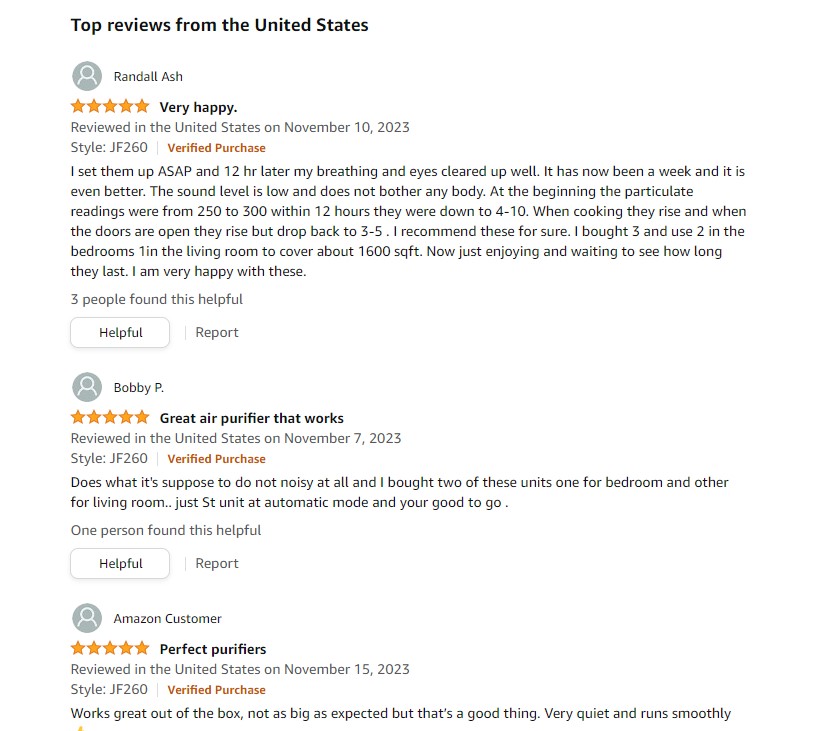
Social proof can help your business to build trust with your customers and encourage them to make a purchase. This method is applied by showing positive online feedback for your products about the quality of your products and services.
Pro Tips:
- Display the number of people who have purchased the product
-
Show customer product reviews , ratings, and testimonials.
-
Present expert reviews or product awards.
-
Use influencer endorsements.
-
Display visually appealing user-generated content (UGC).
- Display third-party reviews from websites such as Yelp, Google Reviews, Amazon, etc.
Personalize Your Offers
The e-commerce website may not have content like a blog, it can still effectively convey a strong and impressive message through personalized content. Personalization involves tailoring the content to suit the preferences and behaviors of customers. By doing so, you can showcase products in a way that matches each customer, increasing sales opportunities.
Besides, personalizing a widget or web part is very useful when you want to remind customers about products related to items already in their shopping cart.
The key is to find the right place and time to use personalized content.
Pro Tips:
-
Use your customer’s name, which easily attracts their attention.
-
Use words like you, your, and yours to help make customers visualize ownership of the products you’re cross-selling.
-
Personalize widgets or web parts appearing on different pages of your website.
-
Personalize the web part, such as banners on your website.
Set Order Thresholds
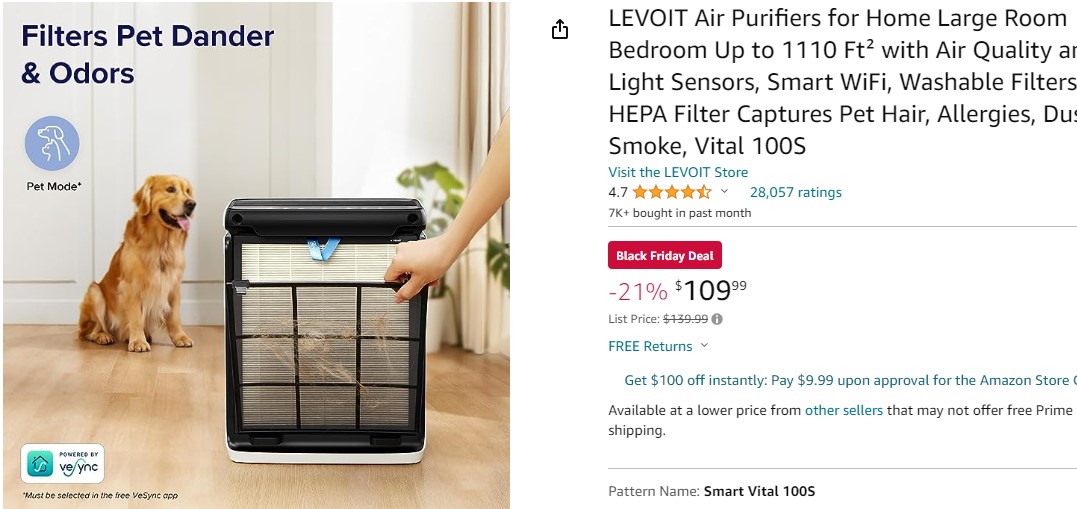
Displaying order thresholds is considered an effective strategy for showing customers the minimum amount of money they need to spend. By notifying them of an order discount threshold, you can incentivize them to add more items to their cart. This way not only enhances the overall shopping experience for customers but also contributes to boosting sales.
Pro Tips:
-
Display promotions prominently on product and checkout pages.
-
Make the order threshold interactive. Show customers the amount they need to spend to receive a special discount when they add items to their cart.
-
Use pop-ups to notify customers about the incentive problems
-
Offering free shipping is one of the leading incentives to boost online sales
8 Effective Upselling and Cross-Selling Techniques for Brick-and-Mortar Retailers
 For brick-and-mortar retailers, it is necessary to use upselling and cross-selling strategy which helps get the most out of the store’s foot traffic and makes your customers feel that you’re giving them more value for their money. Here are some effective techniques brick-and-mortar retailers should apply.
For brick-and-mortar retailers, it is necessary to use upselling and cross-selling strategy which helps get the most out of the store’s foot traffic and makes your customers feel that you’re giving them more value for their money. Here are some effective techniques brick-and-mortar retailers should apply.
Showcase Items Properly
If you want to attract customers and encourage cross-selling, strategically place the products throughout the store. It is necessary to optimize the product placement to guide customers to complementary items naturally.
Relevant items should be placed close together. This way ensures that customers can clearly see how these items work together. If you do not follow this way, you may lose the opportunity to sell more along the way when customers must walk across the whole store to find related products.
Make sure you provide customers value
It is clear that when you are trying to persuade customers to upgrade their products or buy more items, you want to obtain more benefits from your business. However, remember that customers are sure not to make a bigger purchase if they see no advantage in this deal. It means that beside your own profit, you have to provide value for consumers to encourage them to buy more. So, there are three points that you need to keep in your mind before making use of either upsell or cross-sell products.

Think about the rule of THREE
It is believed that when you provide buyers with three choices, they are more likely to increase their order’s value. These options are known as Requested product, Alternative product, and Dream product. Requested product is an item asked by shoppers. Alternative product is a little better product with a higher price. The dream product is an item that is considered to be the best choice with much better quality and highest price among three options. Among those, the dream product is often expected to be bought by customers. By giving three options, you provide the customers the right to choose; however, you know that they are sure to love the dream product. This rule is mostly used to upsell products.
Invest in Continuous Sales Associate Training

One effective cross-selling strategy for brick-and-mortar shops is to continuously train sales staff on products. Your sales staff need to get the hang of the products you sell and how they can be used together. This will help them make better customer recommendations and increase the chances of cross-selling.
Know how to ask probing questions
Another skill your sales staff needs to know is how to probing questions. This skill will help you understand the customer’s needs and suggest the most suitable products. Customers can become sensitive and leave the store if the salesperson is too aggressive or passive.
Guide your representative to ask probing questions throughout the sales process. The training includes knowing the right timing and approach to pose these questions. It should also teach them how to identify behavioral and verbal cues that can help them determine the right product and service for the customer.
For example, if a customer buys a camera, ask them what type of photography they want. Based on their answer, you can recommend lenses or other accessories that would be useful for that type of photography.
Improve Transparent Checkout

Customers often hesitate to make last-minute purchases due to a lack of information. Budget-conscious buyers may not be inclined to add more items at the checkout counter without insight into their running total and potential discounts. Upgrading your point-of-sale (POS) system with customer-facing displays can address these concerns effectively.
Consider a situation where customers are uncertain about their budget constraints and can now view a real-time display of their running total and any applicable discounts. This visual transparency not only helps customers make informed decisions but also encourages them to explore additional products confidently.
Highlighting the Added Benefits of Complementary Products
It is necessary for customers to see the value in purchasing additional items. Therefore, you need to show the benefits of complementary products. For example, if a customer buys a camera, explain how a tripod can help them take better photos. This will help customers understand why they need the complementary product and increase cross-selling chances.
Simple rule for using Round Numbers
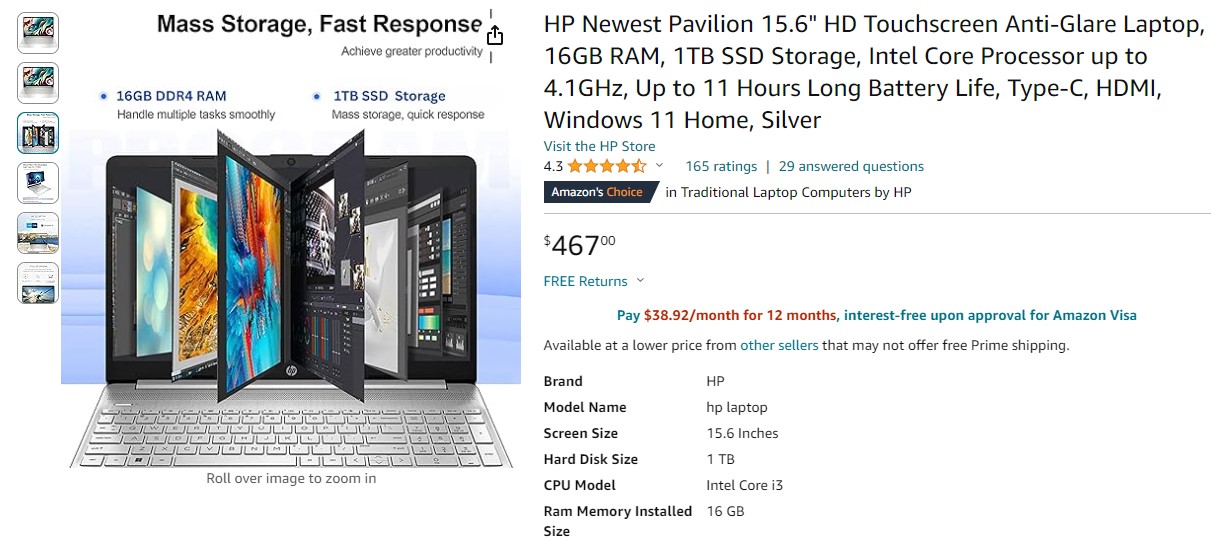
The psychology of pricing shows that customers are more likely to buy products with “just-below” price tags (e.g., $19.99) than those with rounded prices (e.g., $20.00). To increase the chance of customers buying higher-priced alternatives, express them they are getting more value for their money using rounded amounts.
You can personalize your messaging through your sales staff to show added value to your customers beyond the $19.99 price tag. For example, you can tell customers, “For only $10 more, here are the additional benefits you’d get.” The easy comparison makes it more likely that they’ll accept the added purchase.
Specific Examples of Upselling and Cross-Selling
Here are some examples of famous brands that have successfully implemented upselling and cross-selling strategies:
-
Amazon: Amazon is a typical example of a company that takes full advantage of cross-selling and upselling. They use data analytics to recommend complementary products to customers based on their purchase history.
-
Hilton: Hilton is a hotel chain that uses the upselling method. They offer room upgrades and additional amenities to guests during the check-in process.
-
Netflix: Netflix is a popular streaming service that applies upselling to encourage customers to upgrade their subscription package. They offer a variety of plans with different features and benefits.
-
Apple: Apple is considered the best example of cross-selling. This brand provides a range of complementary products, such as AirPods, Apple Watch, and iPad, that work seamlessly with their iPhones.
Conclusion
Although upsell and cross-sell product recommendations can be greatly beneficial to a business, store owners need to consider carefully while apply it for their stores. If you are new to e-commerce and struggling in finding an effective marketing tool for your store, Mageplaza Automatic Related Products is sure to not let you down. This extension can help you to easily generate several blocks such as upsell and cross-sell products after a blink of an eye. And now, let start create upsell and cross-sell products block for your own store.
